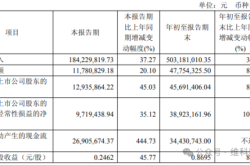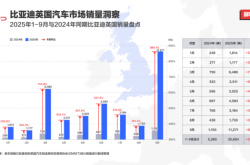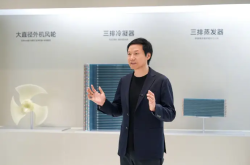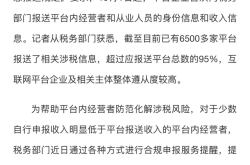Must robots be "humanoid"?
![]() 03/14 2025
03/14 2025
![]() 502
502
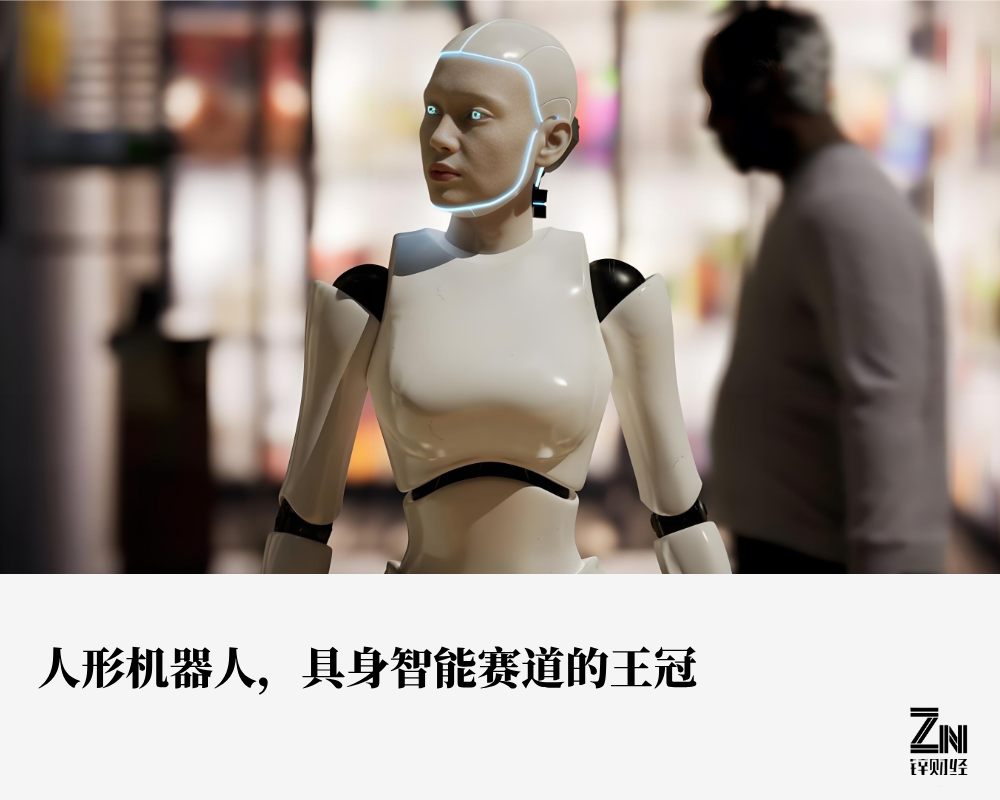
Author | Sun Pengyue
Editor | Da Feng
2025 is known as the "first year of embodied intelligence," and even the government work report mentions "embodied intelligence" and "intelligent robots."
What most ordinary people perceive is that a large number of robots have begun to flood social media platforms: from Unitree Robotics performing a set of smooth and flowing martial arts movements, to Zhongqing Robotics racing alongside runners in Shenzhen Bay...
More and more robots are appearing in the public eye, physically demonstrating and igniting the market value and financing of the enterprises behind them.
But one question has always plagued me:
Why are all robots humanoid?

The ultimate direction of embodied intelligence
The public's "robot fantasy" originates from Hollywood. Whether it's Steven Spielberg or James Cameron, they always have a special "obsession" with robots. In their eyes, robots are not cold metal shells, but flesh-and-blood beings:
They are tireless, always seeking progress, have more focused emotions than humans, and are always pondering philosophical questions like 'Who am I? Where do I come from? Where am I going?'.
Therefore, whether it's the T-800 Terminator or Blade Runner, they all have hands and feet, walking upright in a humanoid form.
Under the influence of movies, almost everyone begins to believe that robots must first resemble humans, at least being able to walk on two legs.
In the embodied intelligence field, humanoid robots are also the most dazzling crown.
Because in the physical world, human activities are a complex and diverse collection, and facilities and tools in almost all fields are built on the basis of human use.
Humans have always longed for robots to replace our labor, and only by setting robots to be humanoid can they best adapt to the physical world, without us needing to transform the world to accommodate robots.
Wheels and tracks are indeed faster than legs, but what about stairs?
Quadrupeds are indeed more stable than bipeds, but without the manipulation of "hands," they cannot perform the tasks humans want them to complete.
Therefore, only by designing robots in the shape of humans, with human movement capabilities, can robots better adapt to the environment, control more tools, and thus truly possess versatility.
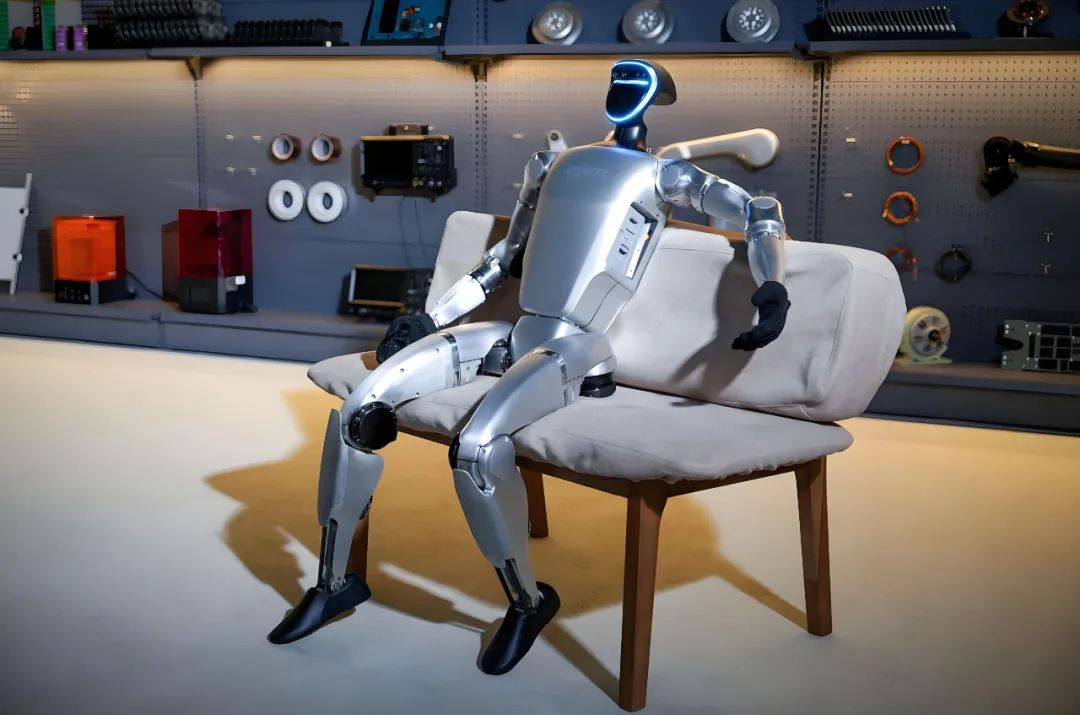
Unitree G1
Elon Musk said that there should be 10 billion humanoid robots on Earth by 2040.
At that time, robots will need to enter various workstations and environments to work. Only humanoid robots can meet all the tools of human society, such as stairs, doorknobs, tools, furniture, switches, and more.
Greg Brockman, president of OpenAI, gave an even more "mystical" interpretation.
He believes that future robots will all be in the form of "general-purpose humanoids" because humans have a gene that desires to become gods and create humanoid species.
Whether it's the physical world or the metaphysical philosophical world, there are different perspectives for interpretation.
But for me, the human body is already the optimal biological form after billions of years of evolution in nature. Why innovate? Can innovation be better?
Therefore, humanoid robots are the ultimate direction of embodied intelligence.

A long history of humanoid evolution
Science fiction is one thing, but actually developing a humanoid robot is truly not easy.
Humans have been trying to conquer humanoid robots for nearly 60 years, and it was not until 2025 that it can truly be considered the "first year of humanoid robots."
The world's first humanoid robot came from Japan. In 1967, Waseda University developed the WL-5 biped walking machine, the world's first humanoid robot, WABOT-1.
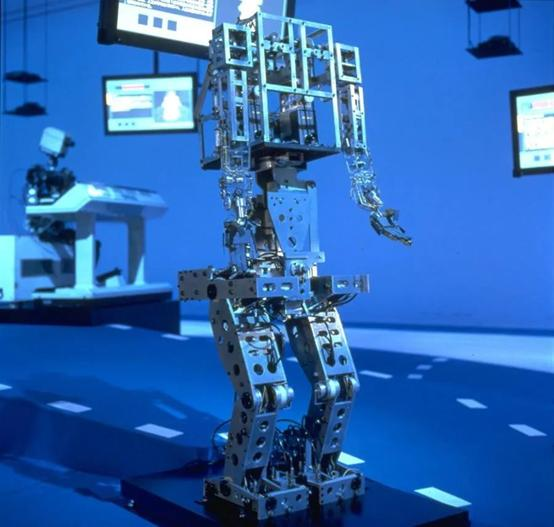
WABOT-1 WL-5
Although it now looks very "simplistic," with only 26 joints and metal frames everywhere, its mobility is only at the level of a one-year-old baby. It takes three people to operate it to move forward about 10 centimeters, taking 45 seconds.
But this was already the "first humanoid robot."
In the subsequent days, limited by the technological progress of human society, overly complex humanoid robots were gradually forgotten. Robot enterprises turned to researching quadruped robots and tracked robots with simpler structures and more convenient operation.
After all, quadrupeds and tracks stand "more stably," with the center of gravity easier to maintain within the support surface. Humanoid robots, belonging to biped robots, have a smaller support area, and once the center of gravity exceeds the support surface, they can easily fall.
This stagnation in humanoid robots lasted for more than 40 years.
It was not until 1992 when the biped robot from Boston Dynamics Laboratory took its first trembling step on a special treadmill that it became a significant step in the history of humanoid robots.
Ten years later, in 2013, Boston Dynamics' Atlas humanoid robot made its debut to the public, successfully unlocking the skill of "walking upright," shocking the world.
Later, the Atlas humanoid robot even learned to somersault and dance.
However, Atlas has not yet entered the commercial stage. The reason is that humanoid robots are completely unable to perform in work scenarios and can only serve as an "expensive toy" with more symbolic than practical significance.
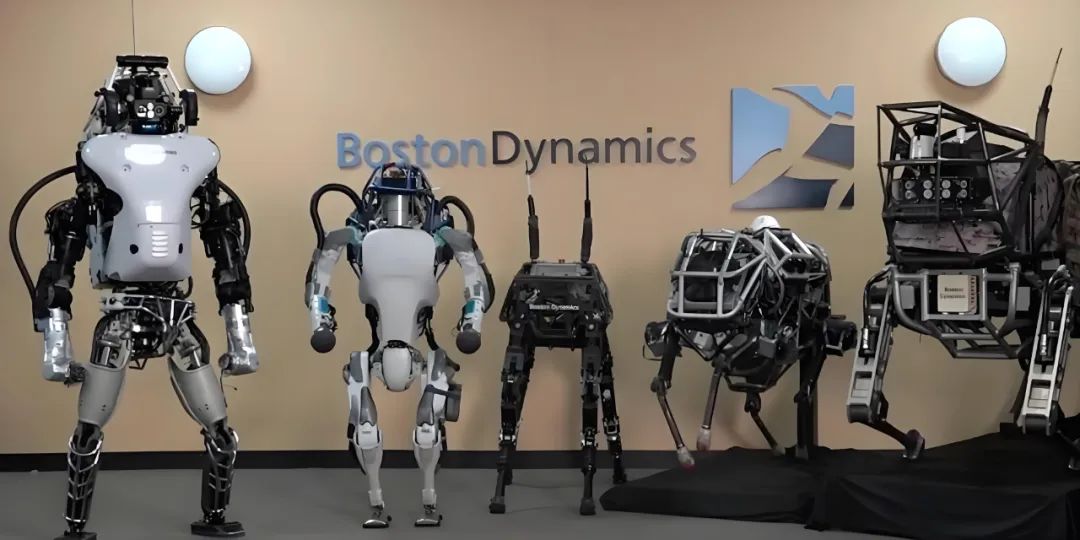
Boston Dynamics
Since 1967, humanoid robots have been trying to find their "brain" to make them smarter and more technological. It was not until 2023 that they succeeded.
In 2023, ChatGPT ignited the flame of "artificial intelligence," plunging the entire world into the AI wave.
Robot enterprises were also extremely excited, as humanoid robots finally found a truly intelligent "AI brain."
After embedding large model interactions, robots' perception, decision-making, and action capabilities are enhanced, enabling them to begin understanding and executing human needs.
After feeding a large amount of data, the AI large model continues to iterate and can continuously learn, and humanoid robots may acquire operational capabilities.
Humanoid robots are finally starting to look human.

Brain, cerebellum, and body
After finding the "AI brain," the speed of progress of humanoid robots can be described as rapid.
In 2024, OpenAI personally partnered with robotics startup Figure to release the Figure 01 humanoid robot, equipped with ChatGPT-4, becoming the world's first robot to pick up an apple.
In 2025, a group of "YangBot" robots twisting in a yangko dance during the Spring Festival Gala completely satisfied humanity's perception of robots and made Unitree a hot favorite of capital.
Yes, humanoid robots are on fire.
In the past year, the embodied intelligence field has been one of the hottest for capital. Financing amounted to 11.915 billion yuan, with a total of 188 investment and financing events.
A large number of robot enterprises such as Unitree, Zhongqing, CloudMinds, Fourier, and Wisdom Robotics are riding the wave and soaring.
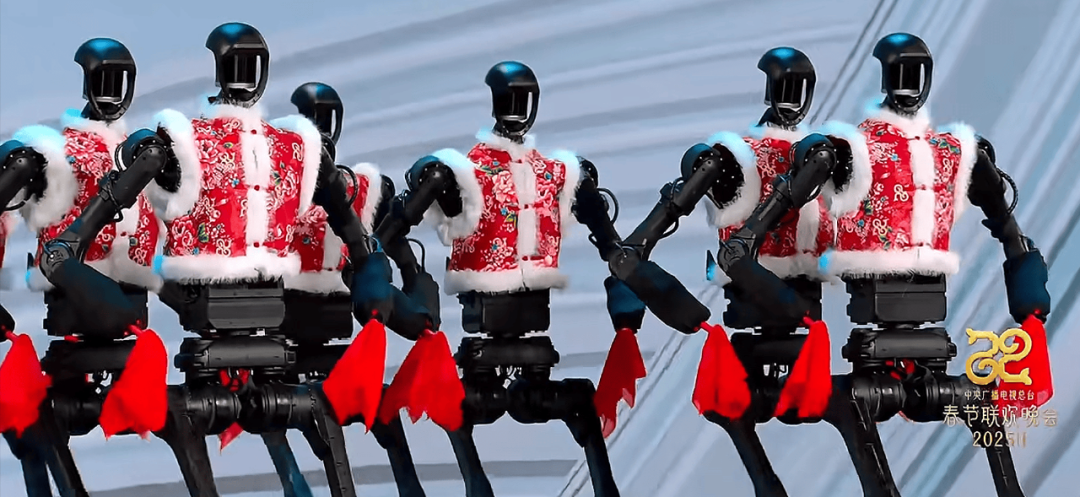
Unitree robots performing yangko dance
A hot market means more complex products.
In 2025, humanoid robots began to be further subdivided. The "AI brain" was disassembled into three parts: the brain, cerebellum, and body.
The so-called brain refers to the robot's understanding ability, which is the robot's understanding of human instructions and environmental perception;
The cerebellum refers to the robot's refined motor control ability;
The body refers to various components that constitute the prototype of the humanoid robot, such as joints, limbs, and heads.
In addition, a series of intricate components such as general AI, visual sensors, tactile sensors, and force sensors specifically for robots are also required.
Obviously, there is still a long way to go before humans can reach the threshold of humanoid robots.
But quantitative changes will eventually lead to qualitative changes, and I believe that the next technological singularity for humanoid robots is not far off.


